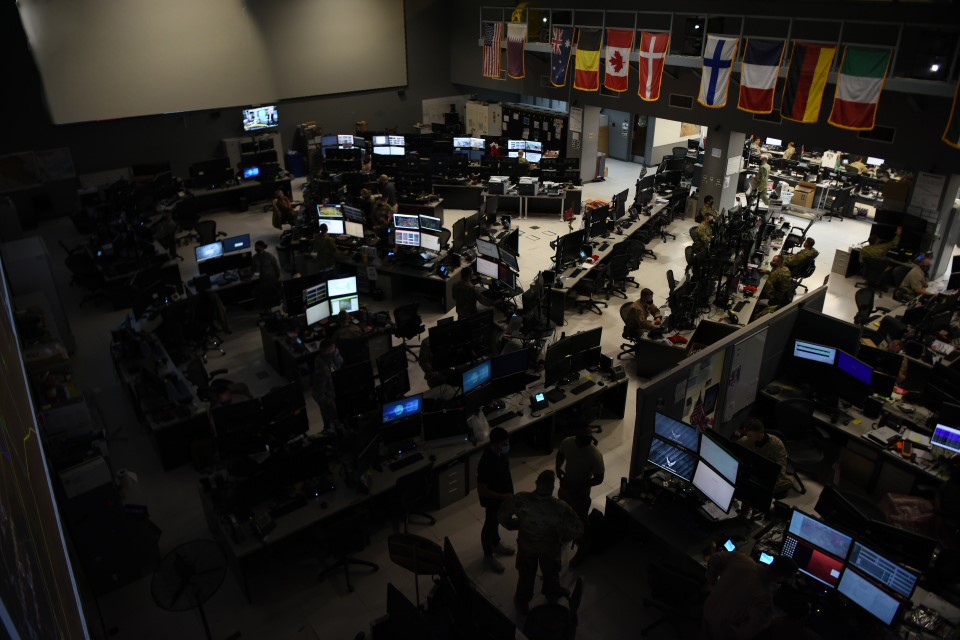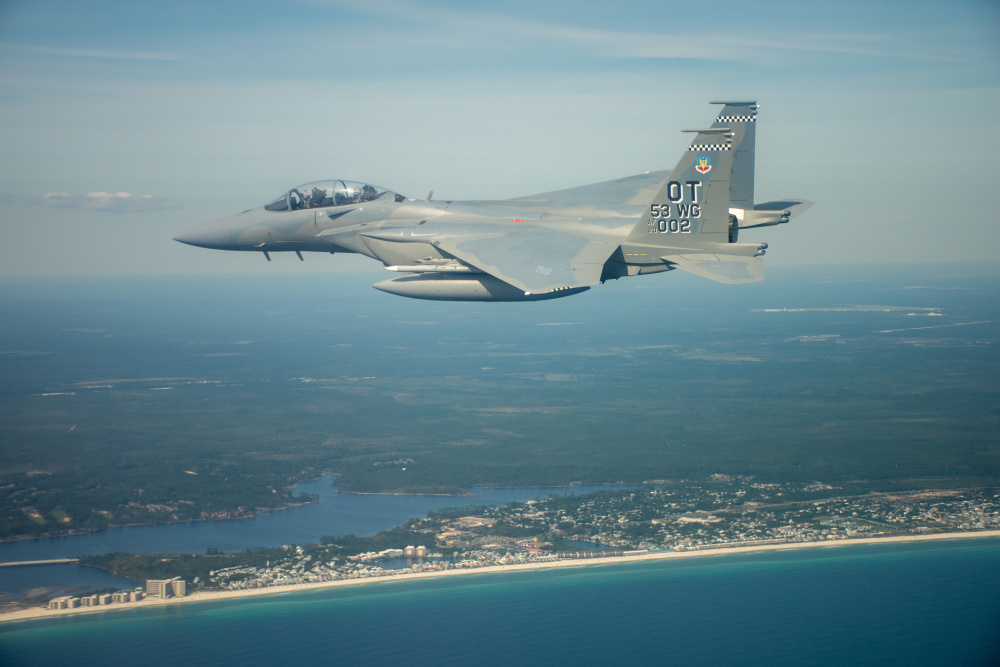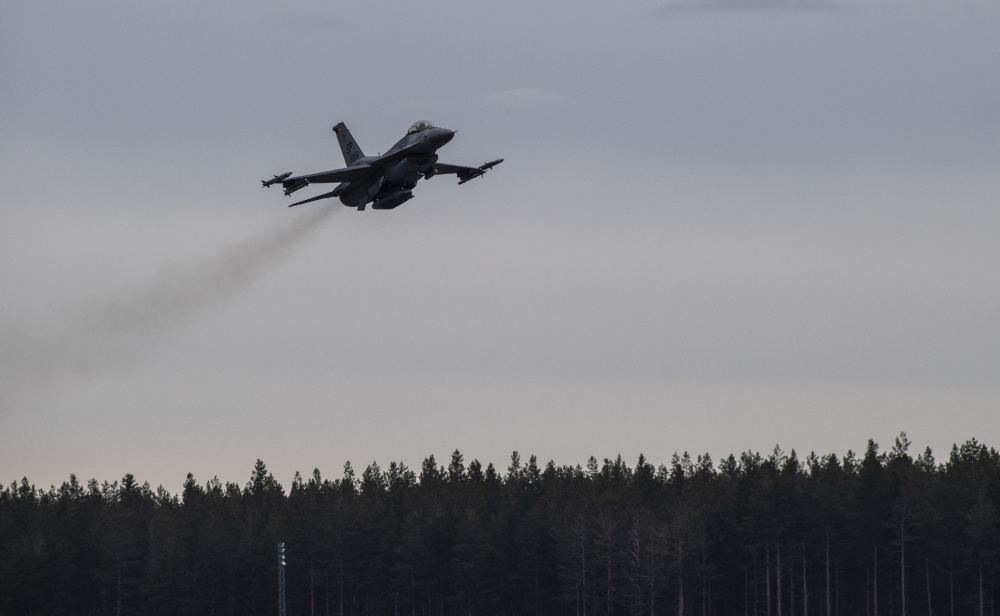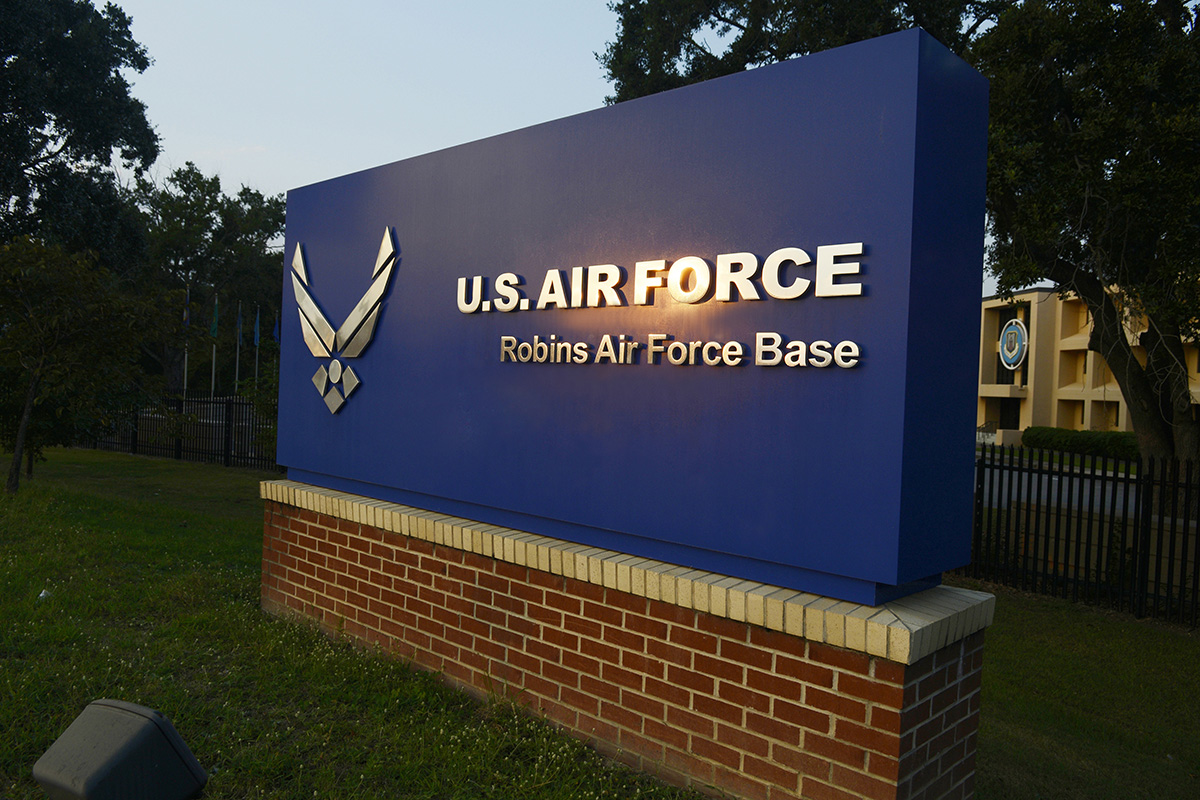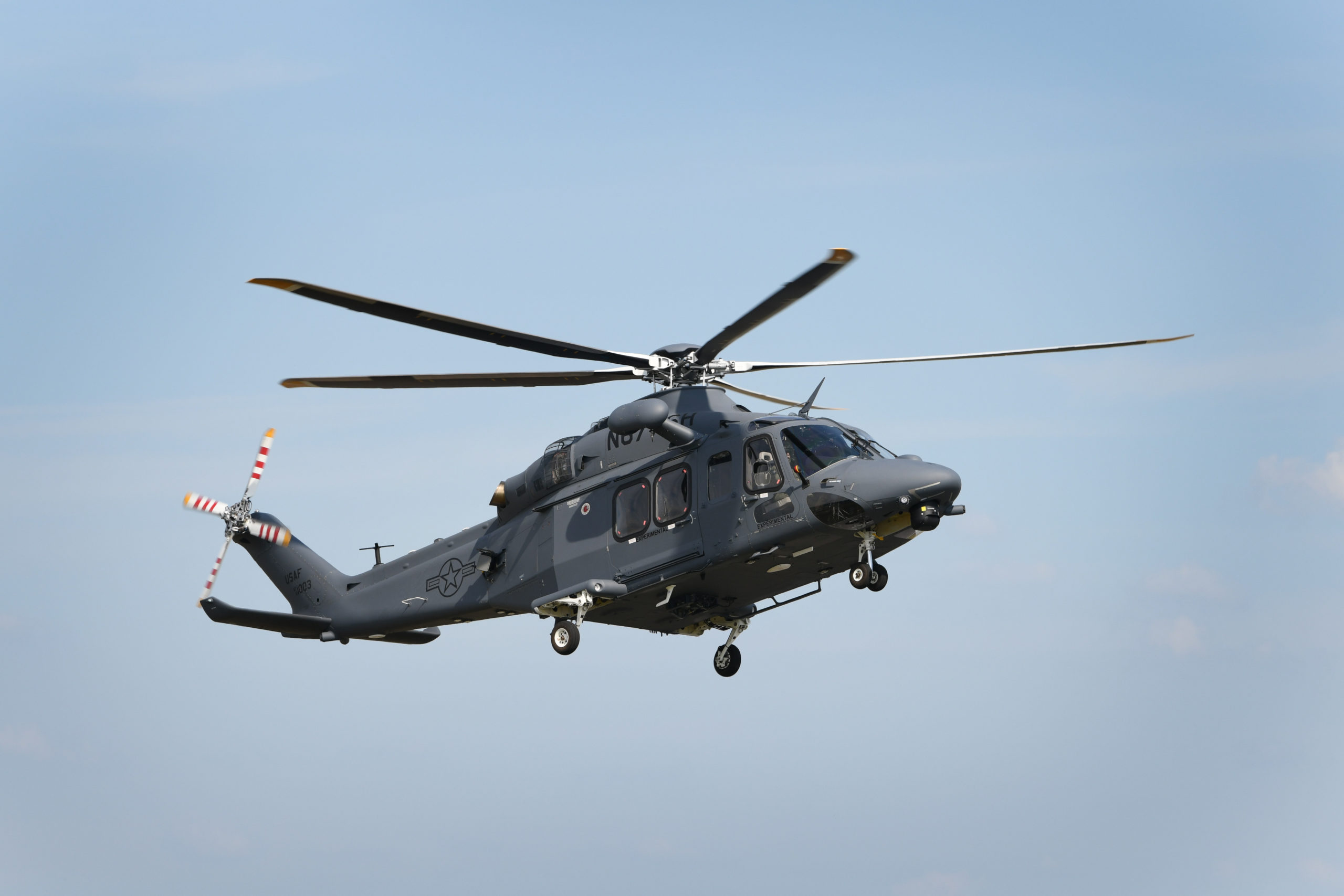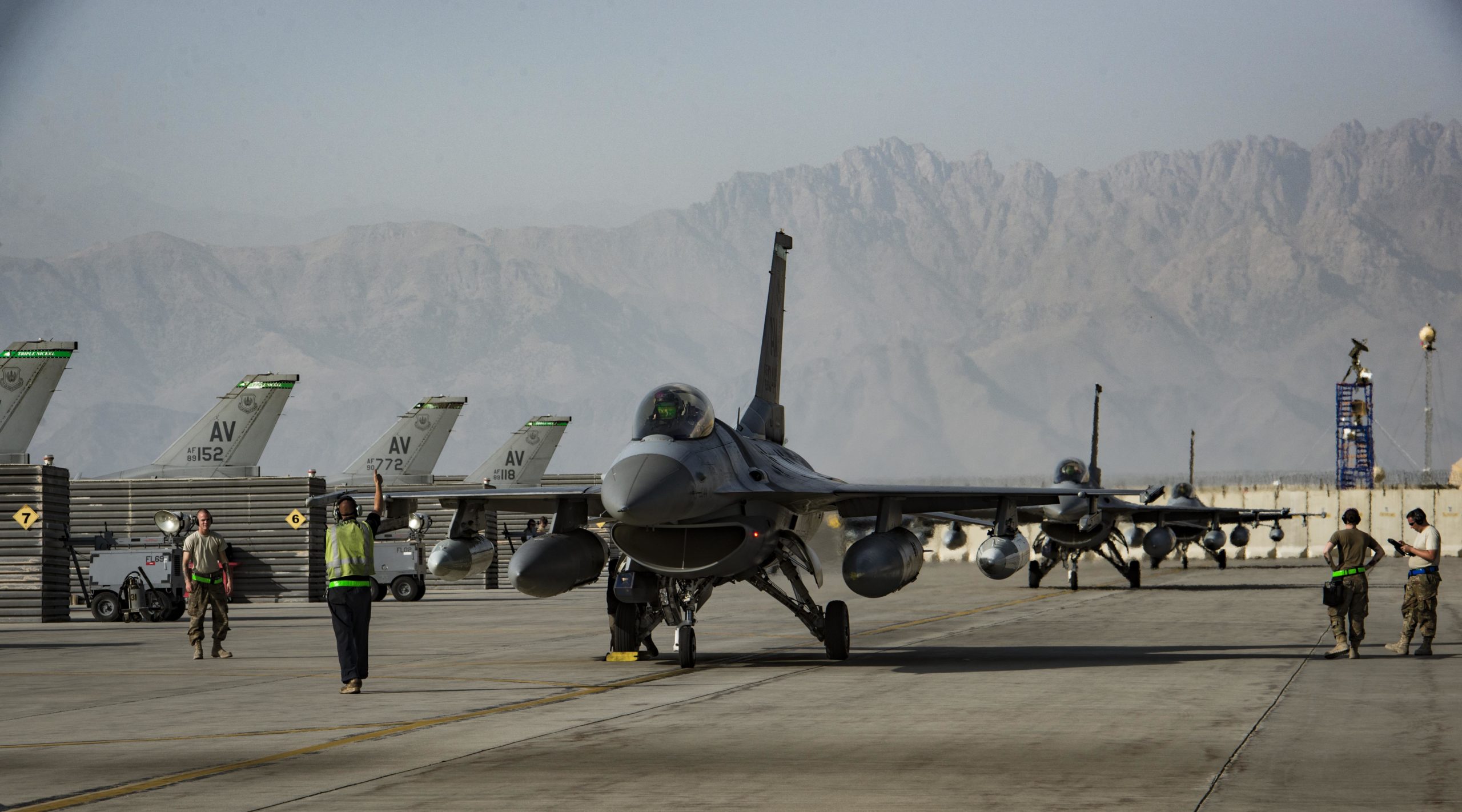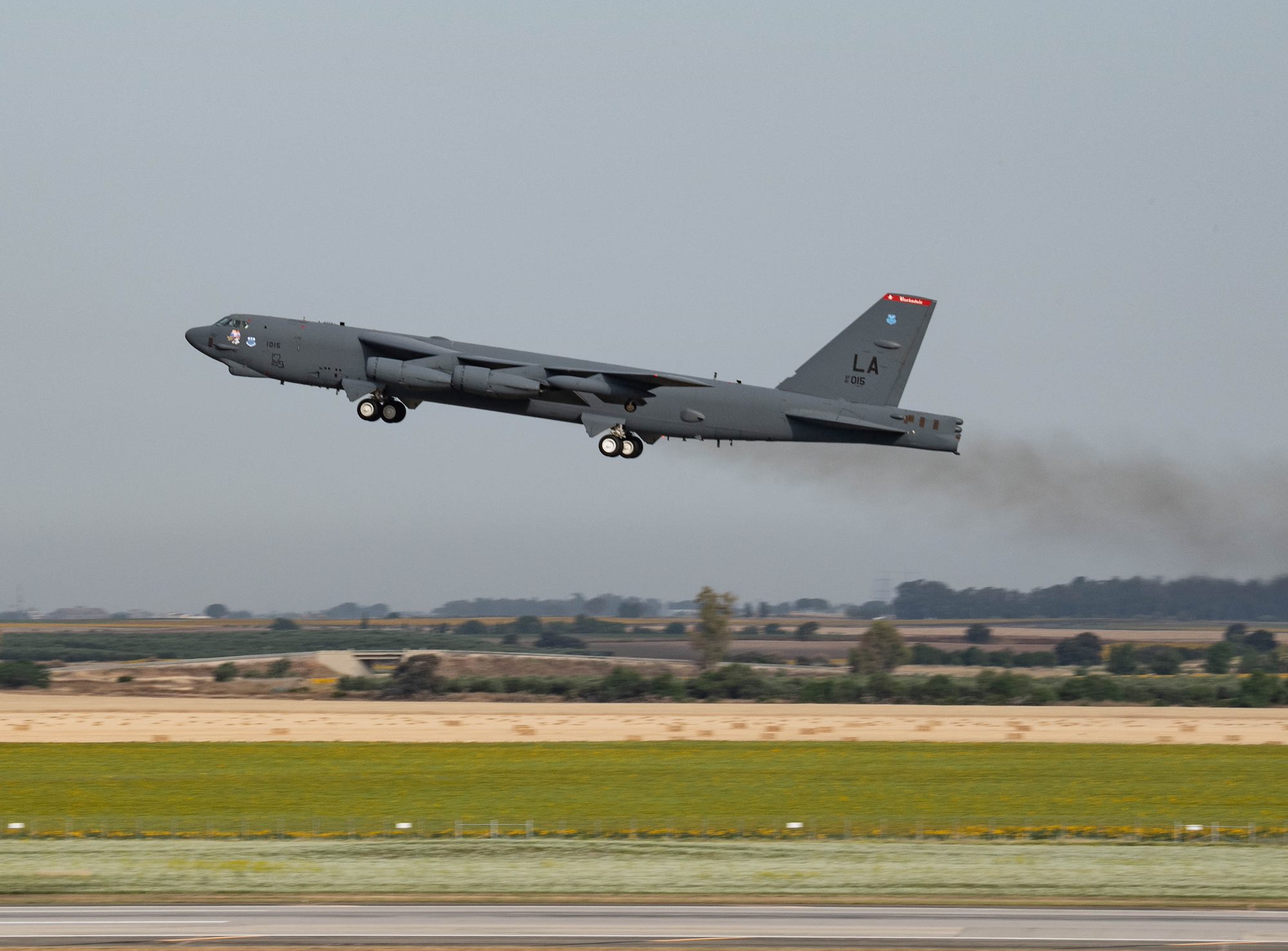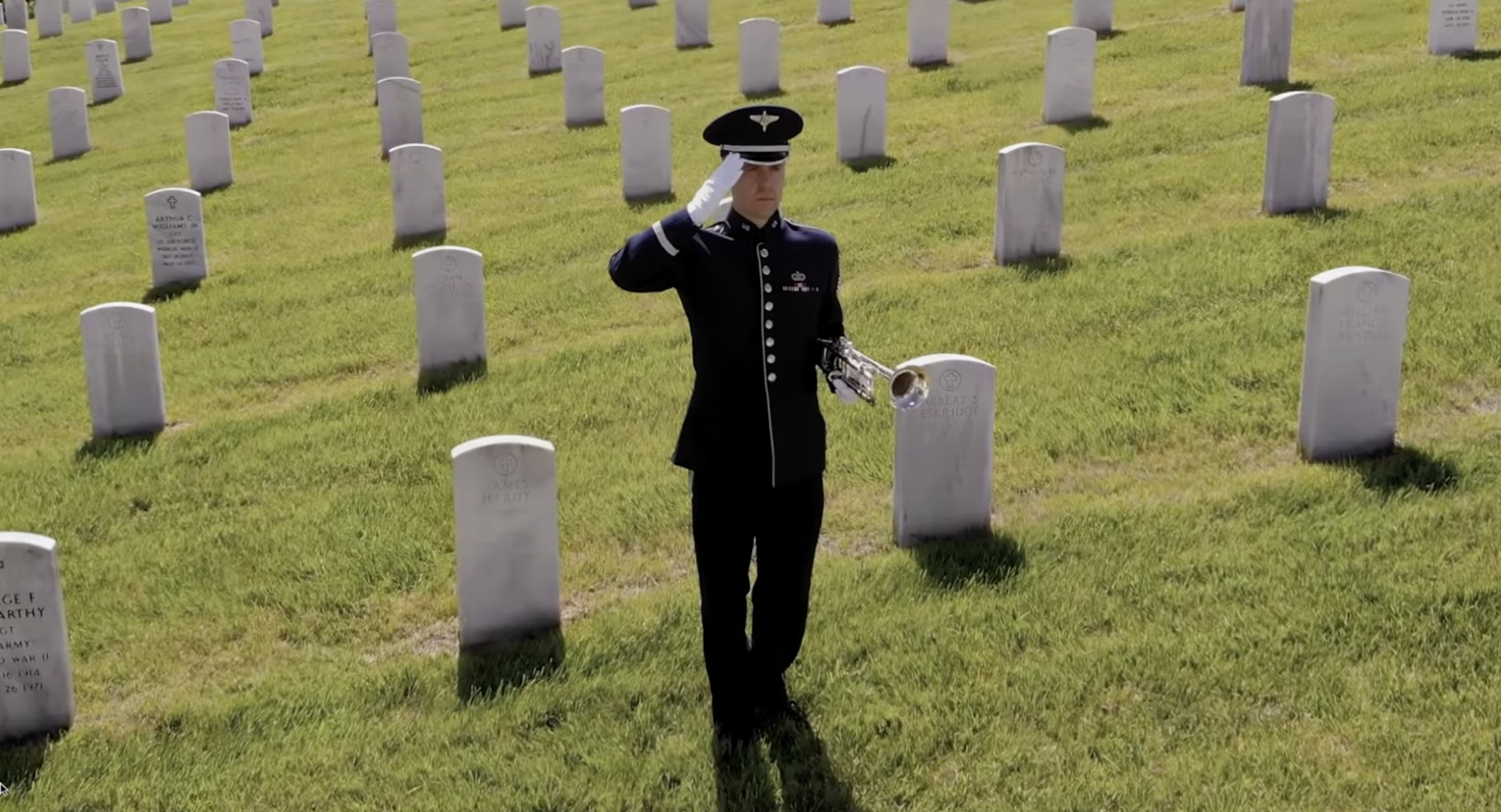NATO has bought and already used an application known as Jigsaw, which was developed by the Air Force’s in-house software development team, Kessel Run, to handle refueling tanker planning in the Middle East.
The alliance used Jigsaw to plan air-to-air refueling operations during the two-week exercise Ramstein Ambition 21, according to a press release.
“The use of the application during the NATO exercise showcases how far reaching and influential the modernization efforts of Kessel Run have become,” said Col. Brian Beachkofski, commander of Kessel Run, in the press release. “Our efforts to enhance our AOC Weapon Systems, now seem to be positively enhancing the abilities of our allies as well.”
Jigsaw first rolled out in 2017 at the Combined Air Operations Center at Al Udeid Air Base, Qatar, and NATO purchased the application in late 2020. The program brings together data from current, previous, and planned tanker operations to plan the most effective missions for deployed aircraft. It replaced a previous process in which five or six people would to spend up to eight hours each day drawing tanker plans on a whiteboard. USAF officials told Air Force Magazine in 2018 that they estimate the application has saved 400,000 to 500,000 pounds of fuel each week.
Kessel Run said the program has saved the Pentagon more than $500 million in fuel costs and “has provided the DOD with enhanced combat capabilities through its increased coordination in the planning of refueling missions,” according to the release.
NATO’s Allied Command Transformation also wanted Jigsaw to alleviate its “manpower intensive” refueling planning process. The software will be in use at NATO Air Operations Centers around the world.
“To keep our nations safe in such an unpredictable environment, we need to keep our Alliance strong,” said project lead Lt. Col. Jonathan Clow in the release. “Innovation and experimentation are critical components of NATO’s future defense, security, and deterrence.”
